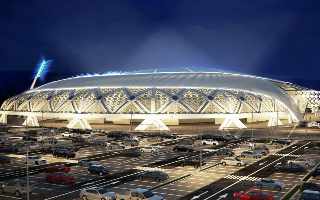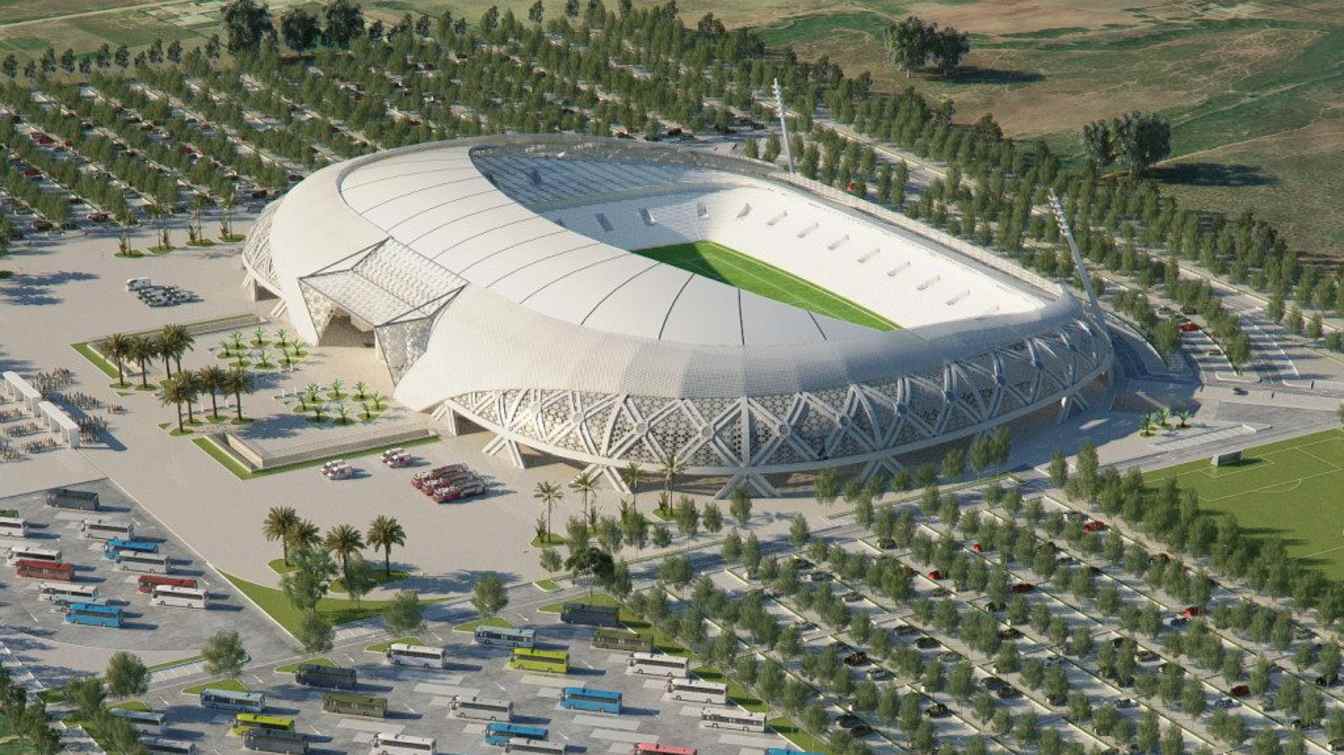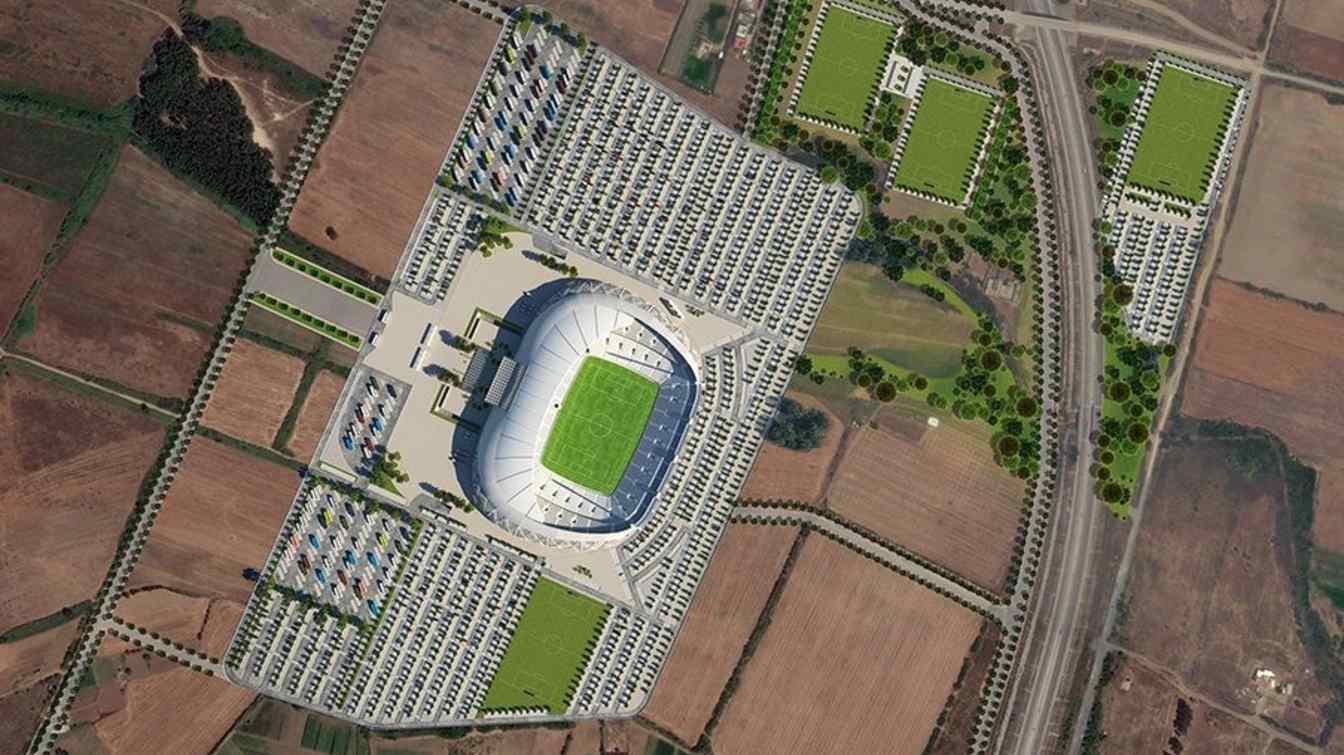Morocco: Major delays in Tetouan’s new stadium construction
source: StadiumDB.com; author: Paulina Skóra
 The Grand Stade de Tétouan project has once again become a topic of debate after the Minister of National Education and Sports, Mohamed Saïd Barada, was questioned about the reasons for its prolonged construction delays.
The Grand Stade de Tétouan project has once again become a topic of debate after the Minister of National Education and Sports, Mohamed Saïd Barada, was questioned about the reasons for its prolonged construction delays.
Advertisement
Construction has been halted for nearly 9 years
Controversy escalated after the city council secretary highlighted the negative consequences of the stalled project. He warned that the delays are affecting the city’s ability to host national and international sporting events and are a lost opportunity for tourism development and generating significant economic revenue.
The city council secretary criticized the previous government, accusing the Justice and Development Party of failing to secure the necessary funding to complete the project. The Grand Stade de Tétouan was meant to strengthen Morocco’s bid to host the Africa Cup of Nations and the 2030 FIFA World Cup. He also urged the council president to collaborate with the relevant authorities to resume construction, which has been on hold since 2016. Meanwhile, residents are also awaiting explanations from Minister Barada regarding the obstacles preventing the stadium’s completion.
 © Nawfal Bakhat
© Nawfal Bakhat
What does the project include?
The construction of Grand Stade de Tétouan is intended to stimulate sports and economic development in the Tangier-Tetouan-Al Hoceima region. The project was symbolically inaugurated by King Mohammed VI on October 20, 2015, with a budget of 700 million dirhams. Despite being allocated 36 hectares for construction, work was halted, causing frustration within the local community. The original plan included a stadium with a capacity of 40,410 seats, including 400 seats for people with disabilities, four training fields, a VIP section, and areas designated for the press and administration, all in accordance with FIFA standards.
Amid uncertainty regarding the future of the stadium and Morocco’s ambitions to host major international sporting events, there is growing pressure to find technical and financial solutions to complete the investment. This debate also takes place within the context of issues related to the Sania El Raml stadium, which has been in operation for several decades. Its location in a densely populated area near critical infrastructure, such as the regional hospital, complicates safety and match organization.
 © Nawfal Bakhat
© Nawfal Bakhat
Advertisement

 StadiumDB
StadiumDB